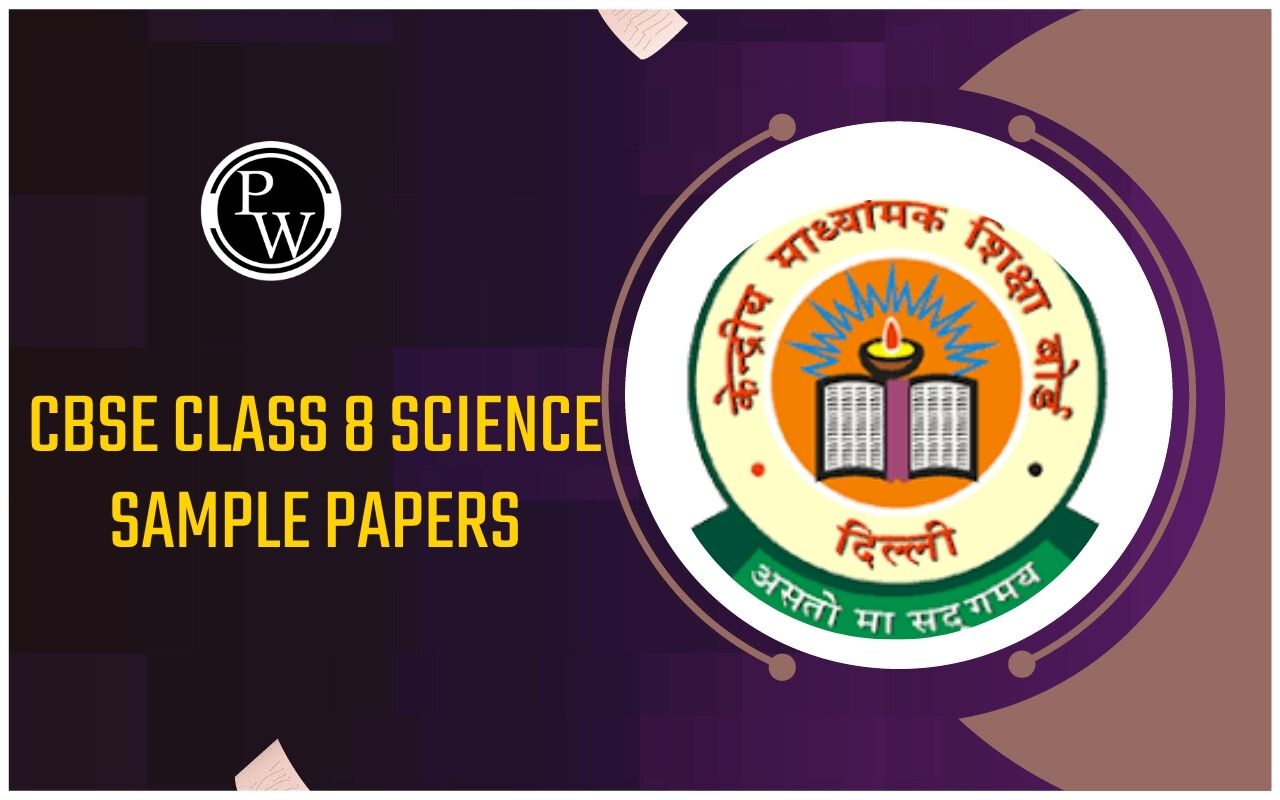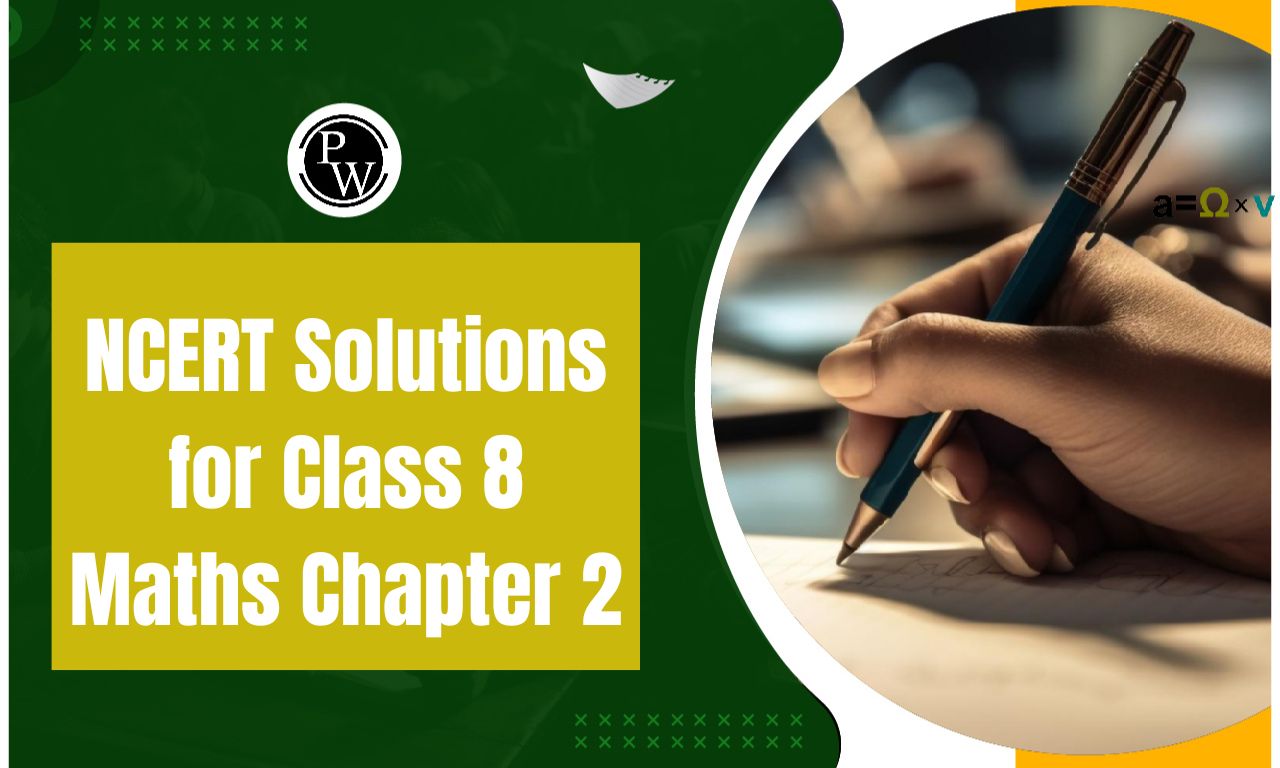
NCERT Solutions For Class 8 Science Chapter 9: For the CBSE Class 8 students, the NCERT Solutions for Class 8 Science Chapter 9 Reproduction in Animals is an essential resource. Here are the NCERT Solutions to aid Class 8 students in gaining a thorough understanding of the major subjects and in efficiently preparing for their exams. Students can also benefit from the NCERT Solutions for Class 8 Science, which will help them become comfortable with the syllabus and exam format.
All of the exercise questions included in Chapter 9 of the NCERT Class 8 Science textbook may be found with solutions in the NCERT Solutions for Class 8 Science. The solutions offered here are methodically produced by knowledgeable educators, assisting you in fully understanding the ideas covered in this chapter. The Science NCERT Solutions for Class 8 presented here give information on reproductive organs, sexual and asexual reproduction modes, forms of fertilisation, binary fission and budding asexual reproduction, and modes of animal reproduction.NCERT Solutions For Class 8 Science Chapter 9 Overview
The answers to the questions in the Class 8 Science textbook, as well as additional questions, sample problems, worksheets, multiple-choice questions, HOTS, and short responding questions, are included in the NCERT Solutions for Class 8 Science Chapter 9. To do well on their Class 8 exam, students need to consistently tackle the NCERT questions utilising the Class 8 NCERT Solutions. This chapter covers a range of subjects, including:- Reproduction
- Modes of reproduction
- Fertilisation
- Development of embryo
- Viviparous and oviparous animals
- Young ones to adults
NCERT Solutions For Class 8 Science Chapter 9 PDF
This syllabus includes a large portion of Class 8 Science Chapter 9 Reproduction in Animals, which introduces the many ways in which animals reproduce. Master these new ideas and provide flawless answers to the exercise problems. Download and consult the Class 8 Science Chapter 9 Reproduction in Animals Solutions pdf, created by our subject matter specialists, to make the process simpler. Concentrate on creating these responses and adjust your skill set accordingly.NCERT Solutions For Class 8 Science Chapter 9 PDF
NCERT Solutions For Class 8 Science Chapter 9
Here we have provided NCERT Solutions for Class 8 Science Chapter 9 for the ease of students so that they can prepare better for their exams.1. Explain the importance of reproduction in organisms.
Solution:
The following highlights the significance of reproduction in organisms: The biological process by which organisms give birth to their progeny is referred to as reproduction. It contributes to both the expansion of the species' population and the preservation of a certain race. All organisms are supposed to reproduce to survive.2. Describe the process of fertilisation in human beings.
Solution:
The process of male and female gametes fusing is known as fertilisation. The male reproductive organ known as the penis releases the male gametes or sperm. Through the vagina, the sperm are released and enter the female body. Sperm exit the vagina and pass through the fallopian tubes to encounter eggs. After that, the fallopian tube is used for the fertilisation process. A zygote is created when the female and male gamete cells—egg and sperm—fuse. After around five days, the zygote rapidly divides to create a collection of cells known as a morula, which eventually forms the embryo. After fertilisation, the foetus is present for roughly eight weeks.3. Choose the most appropriate answer.
(a) Internal fertilisation occurs
(i) in the female body
(ii) outside the female body
(iii) in the male body
(iv) outside male body
(b) A tadpole develops into an adult frog by the process of
(i) fertilisation
(ii) metamorphosis
(iii) embedding
(iv) budding
(c) The number of nuclei present in a zygote is
(i) none
(ii) one
(iii) two
(iv) four
Solution:
a) (i) in the female body b) (ii) metamorphosis c) (iii) two4. Indicate whether the following statements are True (T) or False (F).
(a) Oviparous animals give birth to young ones. ( )
(b) Each sperm is a single cell. ( )
(c) External fertilisation takes place in the frog. ( )
(d) A new human individual develops from a cell called a gamete. ( )
(e) The egg laid after fertilisation is made up of a single cell. ( )
(f) Amoeba reproduces by budding. ( )
(g) Fertilisation is necessary even in asexual reproduction. ( )
(h) Binary fission is a method of asexual reproduction. ( )
(i) A zygote is formed as a result of fertilisation. ( )
(j) An embryo is made up of a single cell. ( )
Solution:
a) False b) True c) True d) False e) True f) False g) False h) True i) True j) False5. Give the differences between a zygote and a foetus.
Solution:
Zygote: It is the initial phase of growth. The union of male and female gametes forms it. There is just one cell. A multiplex zygote splits into an embryo. After a week, the zygote usually matures into the following stage. Foetus It is the final phase of an organism's development. All of the primary identifiable body parts of a fully grown creature are visible at the embryonic stage. Following the embryonic stage is the foetus stage. The foetus primarily develops internally.6. Define asexual reproduction. Describe two methods of asexual reproduction in animals.
Solution:
This kind of reproduction does not include the fusing of male and female gametes; instead, the progeny develops from a single organism. The total number of chromosomes is never altered.Binary fission in amoeba
This type of asexual reproduction involves the division of a single cell into two parts. It is a unicellular creature with cytoplasm, a cell wall, and a cell membrane. A cell can divide on any plane. The amoeba's nucleus first divides into two daughter nuclei during this process, which is known as karyokinesis. At last, the body splits into two halves, each with its nucleus.
Budding in hydra
Regenerative cells are used by organisms, like a hydra, during the budding process to reproduce. The first stage is the development of buds, which appear as tiny protrusions on the bodies of the parents. The bud takes up traits from the parent organism as it grows larger. After developing, it has the potential to separate from its parent body and become a new entity. Rarely, the buds might not separate and instead create linked buds. Additionally, there are techniques like multiple fission and fragmentation.
7. In which female reproductive organ does the embryo get embedded?
Solution:
The uterus is where the embryo attaches itself to the female reproductive organ. As soon as it attaches, body components including hands, eyes, and legs begin to form. We then refer to the embryo as a foetus.8. What is metamorphosis? Give examples.
Solution:
It is described as the process by which cell proliferation and differentiation cause rapid changes in an animal's body structure. It's a biological mechanism. As an illustration, consider frogs and insects.
The life cycle of a frog:
The developing tadpole will have gills, a tail, and other features. They have no trouble swimming. It experiences rapid transformations and grows into an adult frog.9. Differentiate between internal fertilisation and external fertilisation.
Solution:
Fertilisation, in general, is defined as the fusion of a male and a female gamete.
Internal fertilisation
It takes place within the female anatomy. The likelihood of the progeny surviving is high. By internal fertilisation, the fertilised egg or embryo is shielded from unfavourable conditions. A cow, a human, a dog, a monkey, etc. are examples.External fertilisation
Outside of the female body, it happens. The chances of the progeny surviving are slim. This kind of fertilisation is used by the majority of aquatic species, and because of external dangers, it has the benefit of producing a large number of progeny. Fish, frogs, and other species are examples.10. Complete the crossword puzzle using the hints given below.
Across
1. The process of the fusion of the gametes.
6. The type of fertilisation in a hen.
7. The term used for bulges observed on the sides of the body of a hydra.
8. Eggs are produced here.
Down
2. Sperms are produced in these male reproductive organs.
3. Another term for in vitro fertilisation.
4. These animals lay eggs.
5. A type of fission in amoeba

Across
1) Fertilization 6) Internal 7) Buds 8) OvaryDown
2) Testis 3) Zygote 4) Oviparous 5) BinaryBenefits of NCERT Solutions For Class 8 Science Chapter 9
Below we have provided the benefits of NCERT Solutions For Class 8 Science Chapter 9 -- Complete answers to the questions are given, along with appropriate pictures and explanations.
- You can acquire theoretical knowledge of the subject with the aid of NCERT Solutions.
- Our subject matter experts provide short explanations for each response.
- You can use these solutions to help with last-minute exam preparation.
- It includes every task that aids students in becoming more prepared.
- NCERT Solutions gives a brief synopsis of each chapter.
NCERT Solutions For Class 8 Science Chapter 9 FAQs
How are babies formed class 8 important questions?
What is the importance of reproduction in organisms Class 8 Chapter 9?
How is zygote important in birth of offspring class 8?









